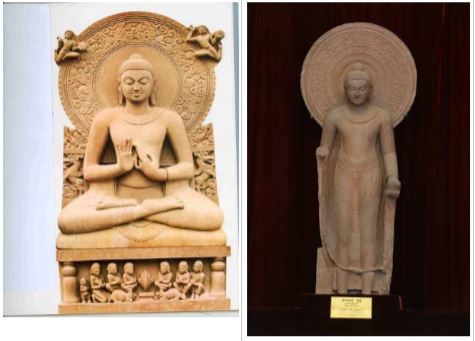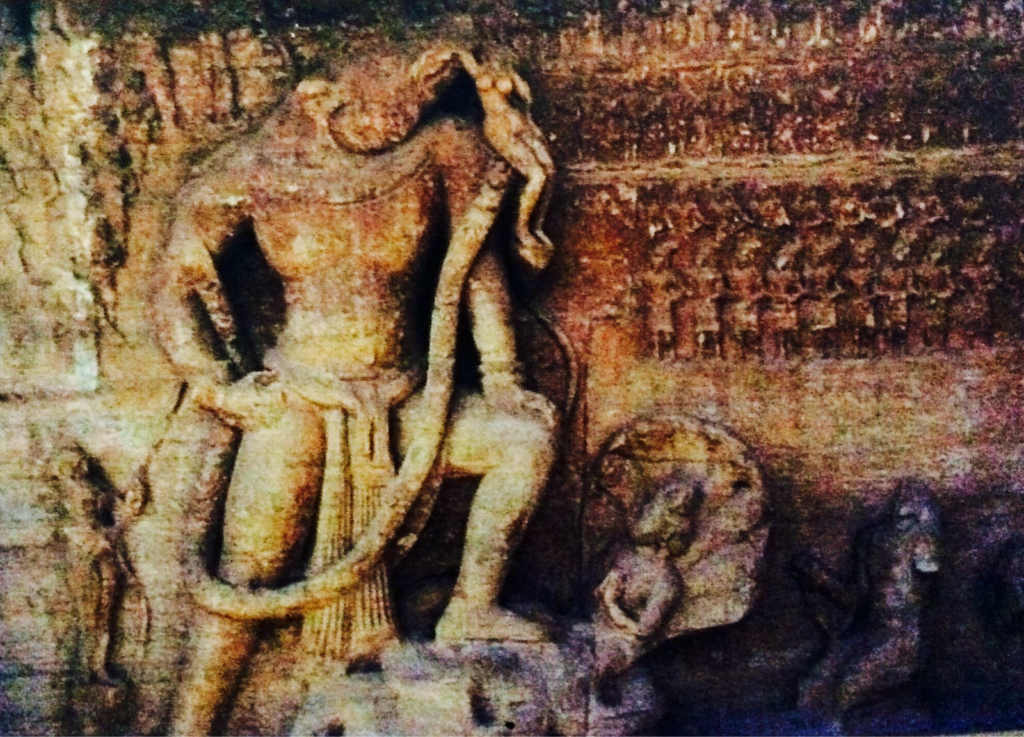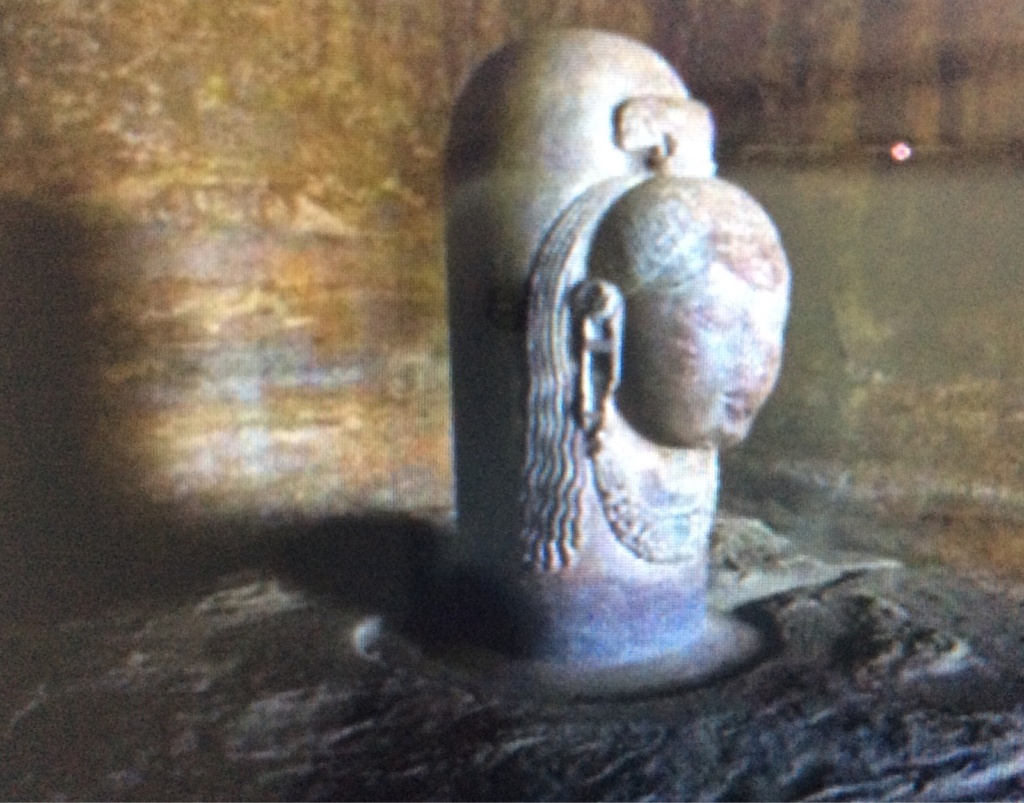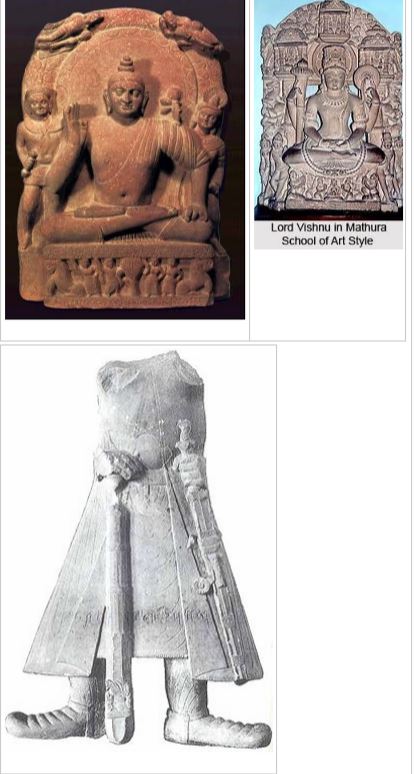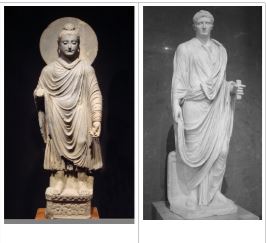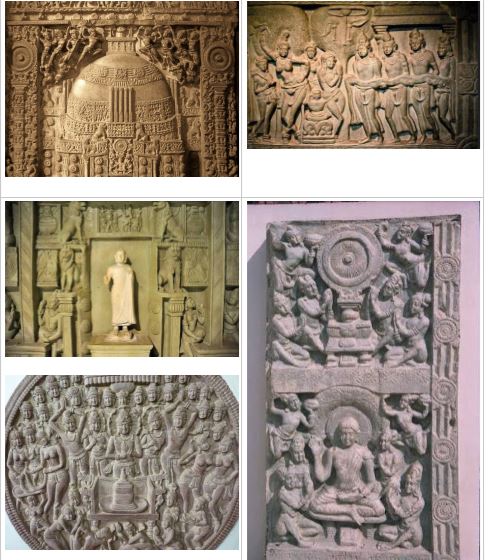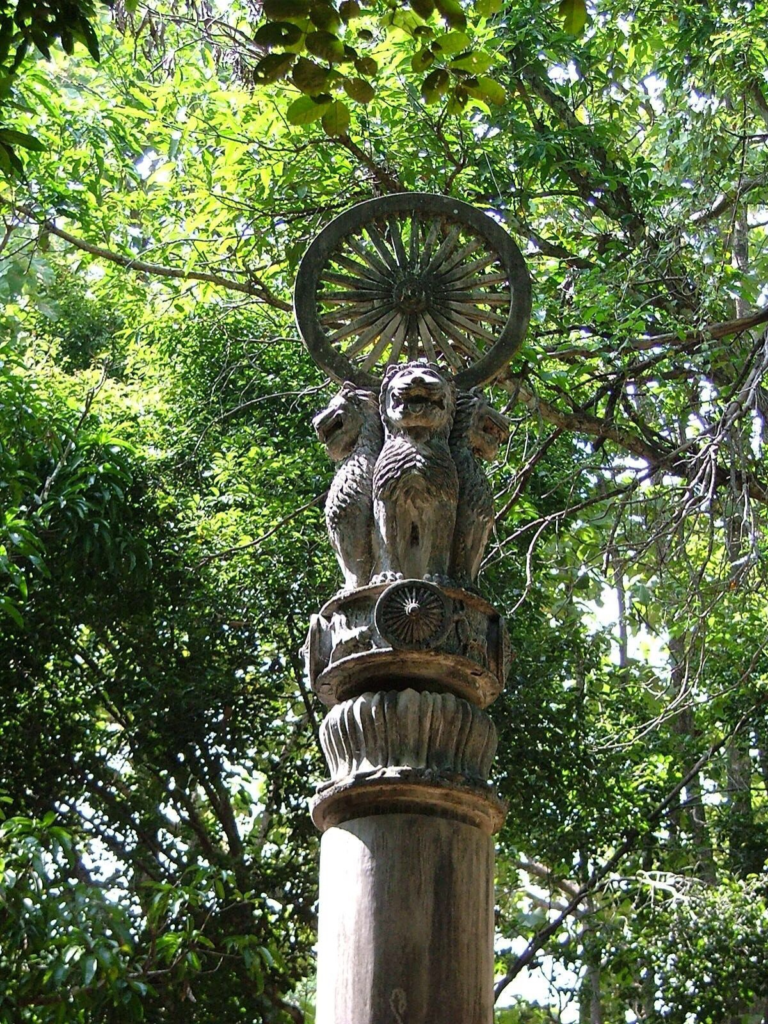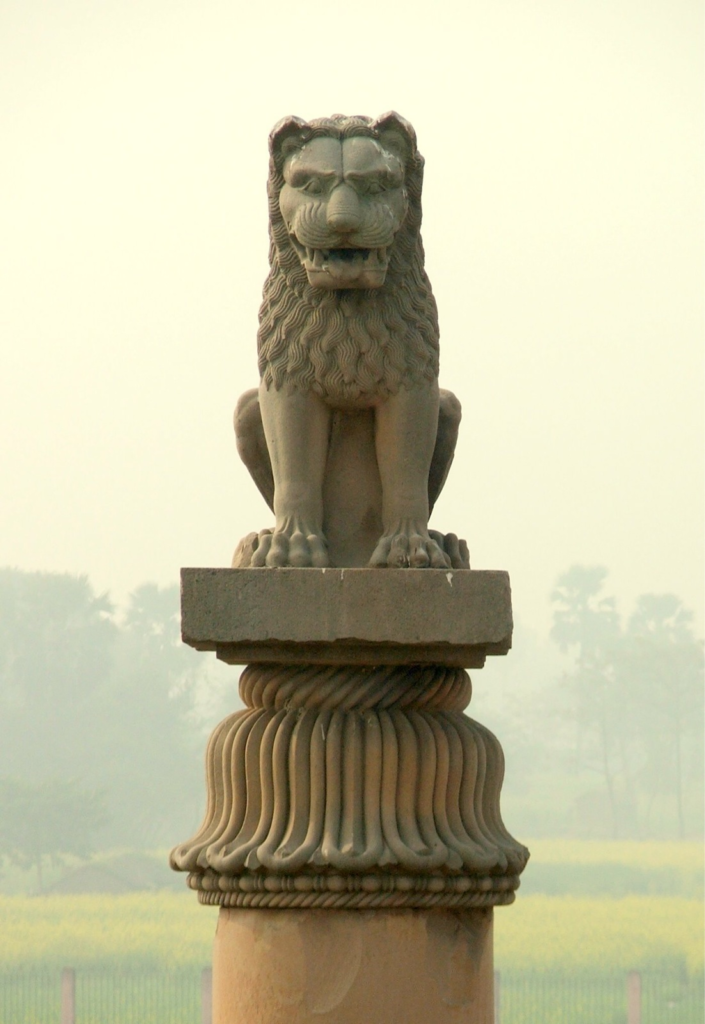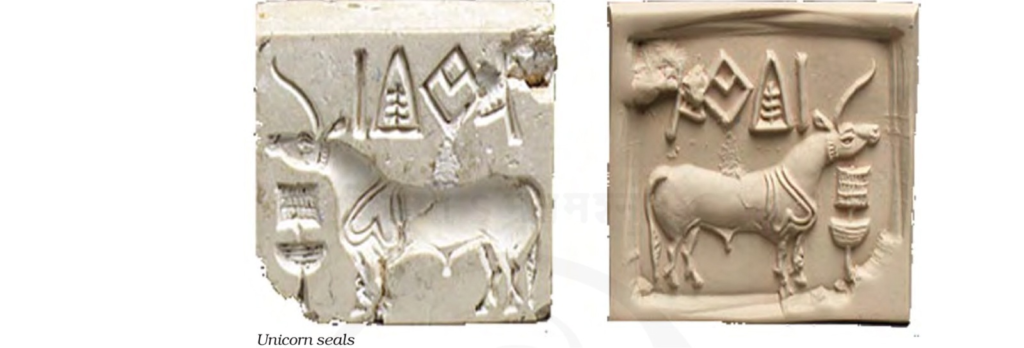This article deals with topic titled ‘Metal Sculpture .’ This is part of our series on ‘Culture’ . For more articles , you can click here
Table of Contents
Introduction
- Lost wax (Cire-Perdu) technique is known to Indians since Indus Valley & bronze from 5,000 years
- Earliest Bronze sculpture is dancing girl from Mohenjodaro. Similar group of bronze statues have been discovered on archaeological excavation at Daimabad (Maharashtra) datable to 1500 BCE.
- Bronze sculptures & statues of Buddhist,hindu and deities of 2nd to 6th century have been found which were mainly used for ritual worship
Jain Images
- At Chausa (Bihar) , Bronze Images of Jain tirathankaras belonging to kushana period have been found
- Most remarkable is depiction of Adinath who is identified with long hairs (all other tirathankaras have short hairs)
Buddha Images
- Most metal Buddha images in North are in Abhayamudra
- Commonly found in UP& Bihar from Gupta & post gupta period & also in Maharashtra from Vakataka (Guptas & Vakatakas were contemporary)
- In Abhayamudra right hand is free so that drapery(cloth) clings to right side of body. Result is continuous flowing line on this side of figure. At level of ankles of Buddha figure the drapery makes curvilinear turn as it is held by hand
- Two such bronze statues are very famous ie Sultanganj Buddha & Phopnar Vakataka Buddha
- Advantage of these- monks can carry them from one place to other as they are portable for purpose of worship
About Sultanganj Buddha
- Epitome of metal sculpture of that time
- Dated between 500-700 AD
- 2.3 m in height & 1 m wide , weighing 500 kg
- Made using lost wax technique
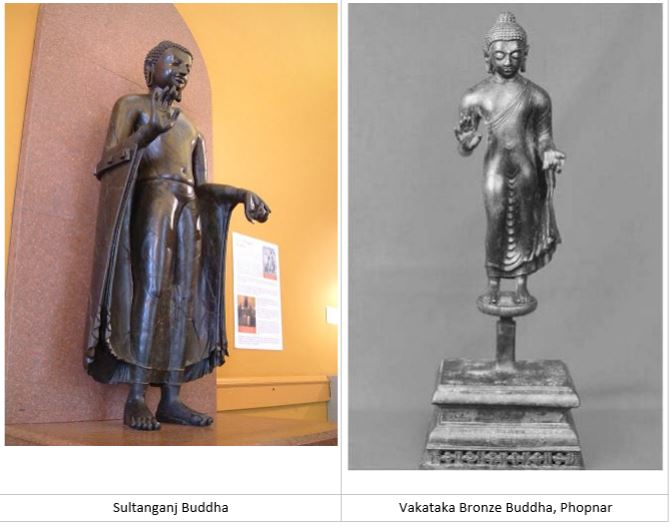
Utsava Murtis Tradition of South India
- In medieval times , this tradition emerged
- In this deity leaves the sanctum & becomes approachable to all
- Deity in many manifestations of human forms comes to street. Sometimes perform the journey to a place of pilgrimage or even to seashore to enjoy the breeze
Taalamana System of Tamil Nadu
- During Chola period from 10th to 12th century , Bronze Murthis became extremely popular
- Tradition of modelling followed in India & especially South India was entirely different from European tradition using Models
- In India , images were made using mnemonic technique . In this craftsmen were meant to memorise dhyana shaloka which describe the attributes of various goddesses and gods & they used taalamana system of measurement to essentially visualise image & then sculpt it out of their own imagination rather than using models
- Taalamana system of Iconography is derived from Shilpa Shastra
- Taalamana system is system of measurement by Taala (ie palm ) & scale of 1 taala to 10 taalas was used
Nataraja Image
- Most magnificent image in Bronze
- Nataraja represents Shiva in his cosmic Dance ie Dance with which he destroys and creates world
- One of the greatest icons created by man

What different things represent
1 . Ring of Cosmic Fire
- Oval Ring around original figure
- Represents cosmic fire which he uses to destroy the universe as part of cycle of destruction and creation
- Three edged but in 12 th century 5 edged were also produced
2 . Third Eye
- Represents his cosmic knowledge
3. Multiple arm
- Hindu deities are represented with multiple arms to represent their divine powers
- His four arms take different positions or hold symbolic objects showing his strength & constellation of skills
4. Cloth
- Veshti around waist
- Yogyopeeth ie Janeau across torso
5. Earrings
| Right ear | Earring depicting Makara(=mythical water creature ) |
| Left ear | Circular earring worn by women |
- Represents Shiva’s male & female aspects (Ardhinarishwar)
- Half male half female form illustrating balance of male & female energies
6. Hands & different things in it
| 1 Left hand | Points downward => pointing sanctuary of the soul of the devotee |
| 1 Right Hand | Open palm in Abhyamudra => worshipper needn’t fear |
| 2 Right Hand | Damru => that Shiva beats to bring universe into creation |
| 2 Left. Hand | Cosmic fire to end cycle of creation and destruction |
| Metted locks of Jatta | Reflect his role as yogi |
| Moon in Hair | Shiva is associated with moon in number of narratives |
7. Feat & Apasmara
- Balancing on right leg & suppressing Apasmara (=demon of ignorance or forgetfulness)
- Left leg raised in Bhujangatrasita stance which represent kicking away veil of maya or illusion from devotees mind


